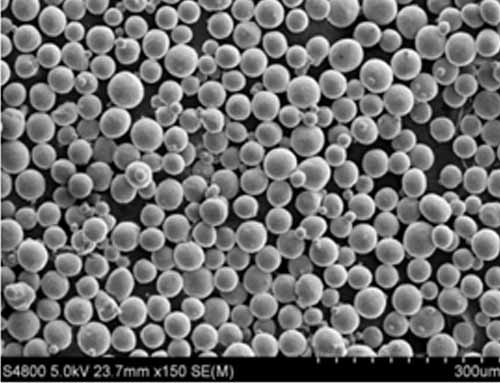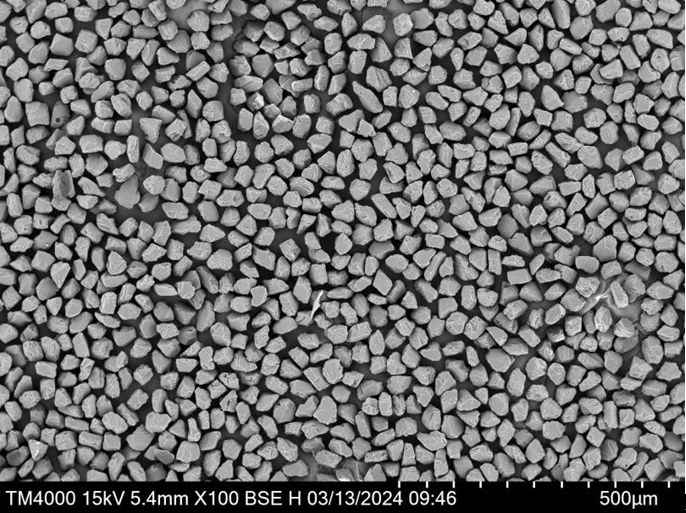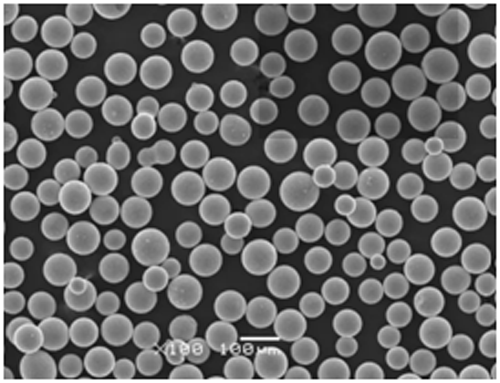In the world of advanced materials, WMoTaNbV Powder stands out as a high-performance alloy powder with exceptional properties. It’s a key player in various high-tech industries, from aerospace to energy systems. In this article, we’ll dive deep into what makes this powder special, its composition, applications, specifications, and more. Stick around to learn everything you need to know about this fascinating material.
Overview of WMoTaNbV Powder
WMoTaNbV Powder is a refractory metal alloy composed of tungsten (W), molybdenum (Mo), tantalum (Ta), niobium (Nb), and vanadium (V). These metals are combined in precise proportions to create a material that boasts unparalleled strength, heat resistance, and corrosion resistance. The powder form makes it suitable for additive manufacturing, coatings, and advanced fabrication techniques.
Key Features at a Glance
- Exceptional Strength: With high melting points, this powder can withstand extreme temperatures.
- Corrosion Resistance: Excellent protection against chemical and environmental damage.
- Thermal Stability: Retains properties even in high-temperature environments.
- Versatile Applications: Used in aerospace, defense, nuclear, and more.

Composition of WMoTaNbV Powder
The composition of WMoTaNbV Powder varies depending on the intended application. Here’s a typical breakdown:
| Element | Percentage Composition (wt%) | Role in the Alloy |
|---|---|---|
| Tungsten (W) | 30-50% | Provides strength and thermal stability. |
| Molybdenum (Mo) | 20-30% | Enhances toughness and heat resistance. |
| Tantalum (Ta) | 10-20% | Improves corrosion resistance and ductility. |
| Niobium (Nb) | 5-10% | Contributes to oxidation resistance and machinability. |
| Vanadium (V) | 5-10% | Adds toughness and workability. |
The precise ratios can be adjusted to optimize specific properties like hardness, ductility, or thermal conductivity.
Characteristics of WMoTaNbV Powder
Why is WMoTaNbV Powder such a game-changer? Let’s explore its defining characteristics:
- High-Temperature Performance
The alloy can withstand temperatures exceeding 3000°C, making it suitable for aerospace engines and nuclear reactors. - Superior Strength-to-Weight Ratio
Despite its density, the alloy delivers an excellent balance of strength and weight, critical for applications requiring lightweight yet durable materials. - Corrosion and Oxidation Resistance
WMoTaNbV is impervious to most corrosive chemicals, even under extreme conditions. - Ductility and Machinability
Unlike some refractory materials, this alloy can be processed into complex shapes without cracking. - Customizable Properties
Adjustments in composition allow manufacturers to tailor properties for specific applications.
Applications of WMoTaNbV Powder
This alloy powder finds use in a variety of industries due to its unique properties:
| Industry | Application | Benefits |
|---|---|---|
| Aerospace | Turbine blades, rocket nozzles | High strength at extreme temperatures. |
| Nuclear | Reactor components | Corrosion resistance in radioactive environments. |
| Defense | Armor, missile components | Durability and lightweight design. |
| Energy | High-performance coatings for turbines | Thermal stability and efficiency. |
| Additive Manufacturing | 3D-printed parts | Precision and complexity in designs. |
The versatility of WMoTaNbV Powder ensures its presence in cutting-edge technologies across multiple sectors.






Specifications, Sizes, and Standards
| Specification | Details |
|---|---|
| Powder Size Range | 15-45 microns, 45-150 microns |
| Purity | ≥ 99.9% |
| Standards | ASTM F2924, ISO 9001 |
| Grades | Customizable grades based on W/Mo/Ta/Nb/V ratios |
| Density | 16.5-19.3 g/cm³ |
Choosing the right specification depends on the intended manufacturing method and application requirements.
Popular WMoTaNbV Powder Models
Here are some specific models available in the market, each optimized for unique needs:
- WM40TaNbV: High tungsten content for aerospace components.
- Mo30W20TaV: Enhanced ductility for additive manufacturing.
- Ta15W40MoNb: Exceptional corrosion resistance for nuclear environments.
- Nb10TaW35MoV: High machinability for precision parts.
- V10W30MoTaNb: Lightweight design for automotive applications.
- WMoTaNbV-Coated: Coating-specific powders with added properties.
- Ultra-Fine WMoTaNbV: Micron-sized powders for detailed 3D printing.
- High-Purity WMoTaNbV: Medical-grade applications with stringent standards.
- Nano-WMoTaNbV: Nano-powders for research and development.
- Custom Alloy WMoTaNbV: Tailored compositions for niche applications.
Advantages and Disadvantages of WMoTaNbV Powder
| Advantages | Disadvantages |
|---|---|
| High melting point | High production cost |
| Superior mechanical properties | Limited availability |
| Excellent chemical resistance | Requires specialized equipment for processing |
| Versatile applications | Dense, making it unsuitable for all lightweight needs |
Pricing and Suppliers
| Supplier | Region | Price Range (USD/kg) |
|---|---|---|
| Advanced Alloys Co. | USA | $500 – $800 |
| Refractory Metals Ltd. | Europe | $450 – $750 |
| Metal Powders Global | Asia | $400 – $700 |
| Custom Alloys Inc. | Worldwide | Varies by composition |
Pricing varies depending on purity, particle size, and bulk order quantities.
Comparative Analysis
| Feature | WMoTaNbV Powder | Other Refractory Alloys |
|---|---|---|
| Melting Point | >3000°C | 2000-2500°C |
| Corrosion Resistance | Excellent | Moderate to good |
| Machinability | Moderate | Low |
| Cost | High | Moderate |
WMoTaNbV stands out for extreme conditions but comes with a higher price tag.

FAQs
| Question | Answer |
|---|---|
| What is WMoTaNbV Powder? | A refractory metal alloy powder with exceptional thermal and mechanical properties. |
| How is it made? | Via advanced metallurgical techniques like powder metallurgy and alloying. |
| What industries use it? | Aerospace, nuclear, defense, and additive manufacturing. |
| Can it be customized? | Yes, compositions can be tailored to meet specific requirements. |
| Is it expensive? | Yes, due to its high production cost and unique properties. |

